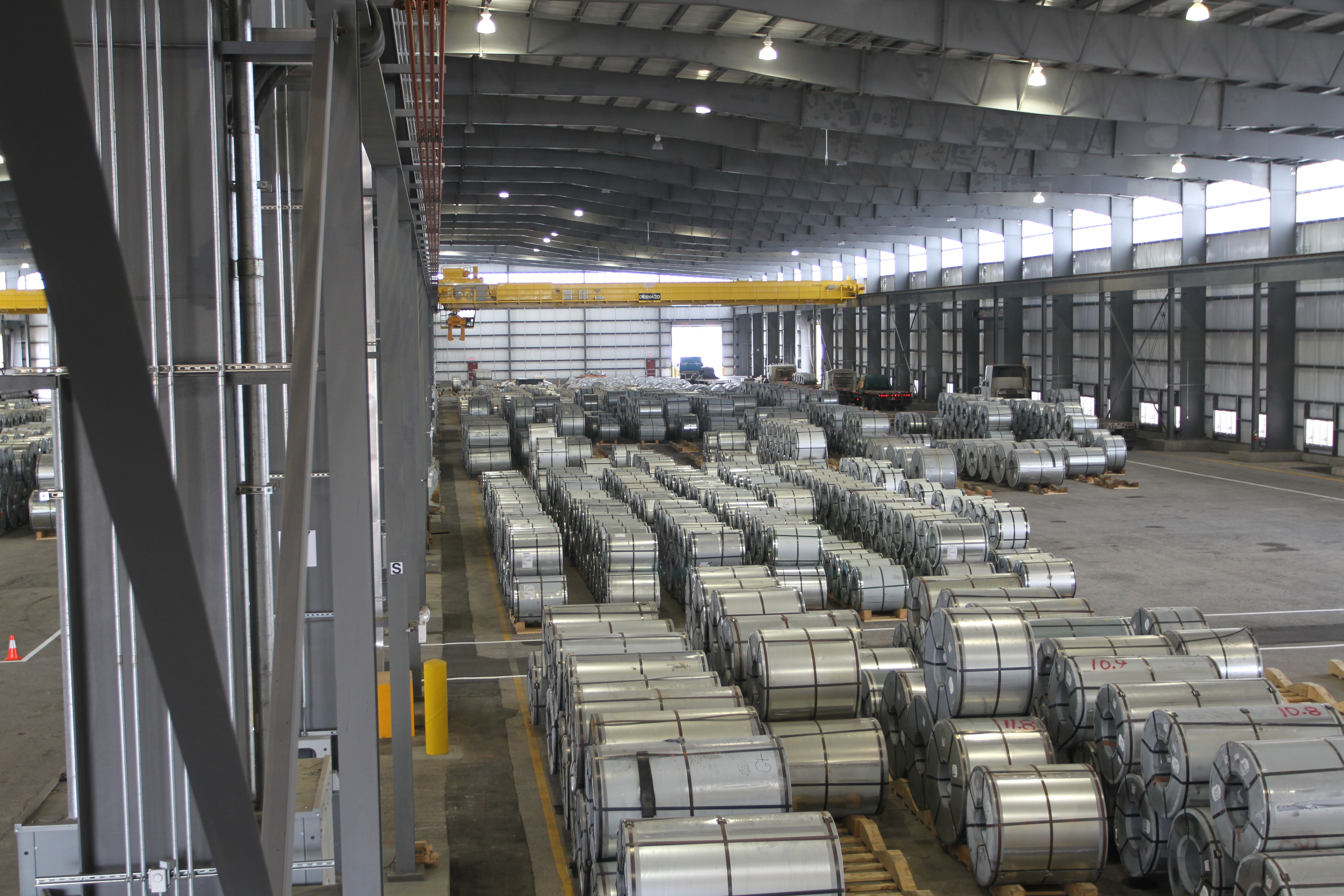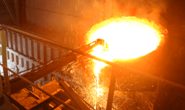Steel Markets

John Deere Sees Improvement on Horizon for Ag Equipment
Written by Sandy Williams
February 25, 2020
Heavy equipment manufacturer John Deere sees early signs of improvement in the U.S. agriculture sector, following the passage of USMCA and the Phase 1 trade agreement with China.
“U.S. farm cash receipts are expected to increase in 2020, aided in part by the recently announced third tranche of market facilitation payments, which totaled $3.6 billion, further enhancing farmer liquidity,” said Brent Norwood, manager of Investor Communications. “While market access certainly has improved sentiment, farmers will likely remain cautious until ag exports to China begin to flow. Given the seasonality for soybean demand, exports to China are unlikely to increase significantly until harvest season.”
In Canada, John Deere inventory remains elevated due to challenging industry conditions, including trade barriers on Canadian canola and a declining exchange rate, said Norwood. Agriculture and turf equipment sales are expected to decline about 5 percent in the U.S. and Canada, due to lower demand in Canada for large equipment. Global sales are expected to decline 5 to 10 percent in FY 2020, with sales mostly flat in Europe, Asia and South America.
Construction and forestry equipment sales fell in the first quarter of FY 2020 due to slowing construction activity and destocking of inventory. A 5 to 10 percent decline in construction equipment sales is forecast for the year in North America with a similar decline for forestry equipment. Worldwide sales for construction equipment are expected to fall 10 to 15 percent and forestry sales are expected to be down 5 to 10 percent.
The company is closely watching the impact of the coronavirus on sales and supply chains, and is monitoring to see if it will have to expedite freight to make sure it gets needed parts during the quarter. Direct sale of agriculture and turf equipment is relatively small in China, but sales of road building equipment may be impacted, said Josh Jepsen, director, Investor Relations.
Jepsen said replacement of aging agricultural equipment has slowed in the U.S. “We are now pushing past kind of what has been the historical equilibrium going back to say 2000,” he noted.” I think the uncertainty we’ve been dealt with over the last 18 months has caused a lot of that.”
The fleet is a bit younger in Canada and replacement of equipment is further out, said Jepsen. “That market did not cycle down or up as much as we saw in the U.S.”

Sandy Williams
Read more from Sandy WilliamsLatest in Steel Markets

Hot-rolled coil buyers continue seeking certainty
Steel market participants contend that buyers will remain in “wait-and-see" mode until some market stability is restored.

Latin American steel advocates warn on cheap import flood
Subsidized Chinese steel imports and cheap steel products from Association of Southeast Asian Nations (ASEAN) entering Latin American (LATAM) are threatening the region's steel market.

CRU: Steel prices fall amid global demand weakness
The forceful headwinds bearing down on steel markets across the globe have created demand challenges and sent prices southward. The US, however, challenged the global trend.

Hot-rolled price hikes garner mixed reactions from the market
Several steel market sources say they were blindsided when mills increased spot prices for hot-rolled coils this week.

Steel market participants mull the impact of US/Mexico S232 negotiations
Steel market participants learned that negotiations between the US and Mexico include discussions about Section 232 tariffs on steel and aluminum despite President Trump’s June 3 proclamation increasing the tariffs from 25% to 50% for all steel and aluminum imports—except for those from the UK.
